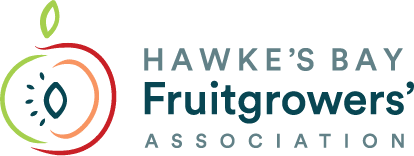Richard Mills, Summerfruit NZ Market Support
We talk about the weather, look at the forecast twice a day, watch the sky as thunderstorms go over, but it is our reality.
We know it has been warm and the data confirms that. The growing degree days are more than any of the previous four years and the maximum for November is 5-6°C higher than the mean maximum over the same time period. No wonder the GDD are ahead of expected and fruit size is looking splendid. A quick check on the Auckland weather (as at the end of November) suggests that summer has not quite arrived there yet, so the fruit is not yet being pulled through the marketing chain. Let’s hope that by the time you read this the demand is stronger.
Crop loads in most blocks seem good, good enough to spend time thinning. There has been the occasional light crop of plums but not enough to make any significant difference to the expected total.
Tree health is looking really good as one might expect with November rainfall three to four or even five times what has been the 16-year November average. With good rain comes more infection periods and lots of time on the sprayer. In my travels, I have seen a little disease expression- well done! The chemical retailers tell me there is enough product in stock for the season. Splitting of nectarine and cherry is most certainly a reality and will be the site of infection as well as a lovely lure for Carpophilus beetles. Please monitor and react as needed.
As a contrast the apricot trees that I have seen in Central Otago have got significant new bacterial infections from the frost plus snow event from a few weeks ago. Both Jack Hughes (Summerfruit’s Research Manager) and myself believe that bacteria is the number one disease issue in stonefruit all around the country.
Brown rot should be able to be controlled, but resistance management issues are something that we always need to keep in mind. La Niña and the more persistent easterly pattern is with us, so we will be spraying more and may well exceed the recommended number of applications. The importance of alternating and mixing of chemistry becomes even more relevant. Talk to your chemical reps as the last thing we need is chemistry that no longer works.
Now that La Niña has well and truly with us, we need to ponder and plan for what that might mean for the remainder of the growing season. At present the soil moisture levels and GDD is significantly up on what we would normally expect, but how about the sunshine hours? It is difficult to find data to compare from previous seasons. However, given that we’ve had significant rainfall and the personal desire to see some sunshine, my gut feeling is lower than average sunshine hours. This is also supported by dairy farmers telling me that there is plenty of grass that needs hardening up for good feed value. It could be worth checking the brix levels in the fruit are meeting the seller’s minimum requirements. So another horticultural conundrum….. pick a little bit early to avoid disease pressure or pick a little bit late to get the sugar levels up?
Parts of Central Otago, especially the Cromwell area is 10-14 days ahead of normal. If this trend continues there will be implications with the cross-over in the selling periods. Last season was good in that the Hawke’s Bay was able to clear a fruit type before Central started.
The labour expo in November was worthwhile- thanks are due to the organisers. It seems to have brought people out of the shadows, including those of the older and younger demographics. With some solid promotion of opportunties via the Handpicked and Opportunity Grows campaigns, the response overall across the Summerfruit regions of Hawke’s Bay, Marlborough and Central Otago has been fantastic and many growers and packers have received far more applications than they would normally expect at this time of year.
For any of the apple growers reading this and who may have under-employed people in January, please consider or encourage them to work January or part of January in Central Otago. This is when the bulk of the export cherry harvest will be and may well tie in with a lull in work in Hawke’s Bay. A bit of caring a sharing might be well appreciated.






